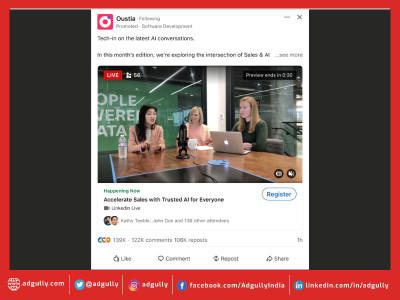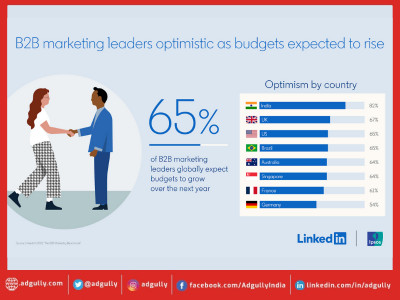LinkedIn unveils the list of office endangered species!
LinkedIn, the world’s largest professional network with more than 175 million members worldwide and over 16 million in India, today released some fun statistics about office tools and trends that are on the brink of becoming extinct.
As a part of its “Office Endangered Species” study, LinkedIn surveyed 7000 professionals globally, of which nearly 400 were from India and asked them which office tools and trends will most likely not be seen around office by the year 2017. Thousands of professionals agreed they could easily picture office stalwarts like tape recorders, fax machines and Rolodexes nestled in museum exhibits next to fossils and Tyrannosaurus rex skeletons.
The top three office tools targeted for extinction among professionals in India are the tape recorder (73 percent), standard working hours (60 percent) and desktop computers (58 percent). Professionals in India believe flexible working hours are most likely to be common in the workplace five years from now (59 percent).The number-one office dream tool for Indians is a place in the office that provides natural sunlight (36 percent) followed by a quiet place in the office where they are allowed to take a nap (25 percent).
Hari V. Krishnan, Country Manager, LinkedIn India, “The findings of this survey establish that the average Indian workplace is evolving. With tools like tablet computers, video conferencing, smart phones, etc. being featured on the list of must-haves, Indian companies and professionals are increasingly turning towards technology to assist their career growth. LinkedIn understands this and is continuously developing tools and features that are in sync with the needs of professionals and help them become more productive and successful. We recently announced our upgraded mobile platforms to ensure extending seamless LinkedIn experience to our members, wherever they are.”
According to professionals globally, the top 10 items and office trends that are becoming rare and could even disappear in the next five years are:
- Tape recorders (79 percent)
- Fax machines (71 percent)
- The Rolodex (58 percent)
- Standard working hours (57 percent)
- Desk phones (35 percent)
- Desktop computers (34 percent)
- Formal business attire like suits, ties, pantyhose, etc. (27 percent)
- The corner office for managers/executives (21 percent)
- Cubicles (19 percent)
- USB thumb drives (17 percent)
Globally, professionals selected tablets (55 percent), cloud storage (54 percent), flexible working hours and smartphones (which tied at 52 percent) as office tools that are becoming more ubiquitous. Professionals in the U.S. selected tablets (62 percent) as the office tool that is ruling the Earth.
“It’s no surprise to see the Rolodex gathering dust as the pace of technological innovation rapidly makes many workplace practices and tools redundant,” said LinkedIn’s connection director, Nicole Williams. “The beauty of modern devices and platforms, such as LinkedIn, is that they constantly evolve to meet professionals’ needs, allowing them to connect more quickly and easily than ever before.”
Professionals from around the world also hinted at several key dream tools they’d like to see in the future. These include having a clone or assistant to help you in your day (25 percent), a place in the office that provides natural sunlight (25 percent) and a quiet place in your office where you’re allowed to take a nap (22 percent). In a funny twist, nineteen percent of respondents said they wish they had a mute button for their co-workers, so they don’t have to hear them talk.
Using the following tips will help ensure you don’t follow the Rolodex and tape recorder and become a “techno-dodo:”
Create a complete LinkedIn Profile. Make sure you list all pertinent past employers, include a profile photo, write a razor sharp elevator pitch about yourself and add LinkedIn Skills. Since 58 percent of LinkedIn members from around the world say the Rolodex won’t be in use in five years, it’s crucial to create a professional digital footprint so other professionals you’ve worked with can stay in touch with you.
If LinkedIn members’ predictions about telecommuting are accurate, as time goes on, fewer professionals will have the opportunity to chat with their co-workers in person. By using LinkedIn Groups and LinkedIn Today as “virtual water coolers,” you can stay in touch with your professional connections both in and out of the office.
Media
MINUTES TO READ
















Share
Facebook
YouTube
Tweet
Twitter
LinkedIn